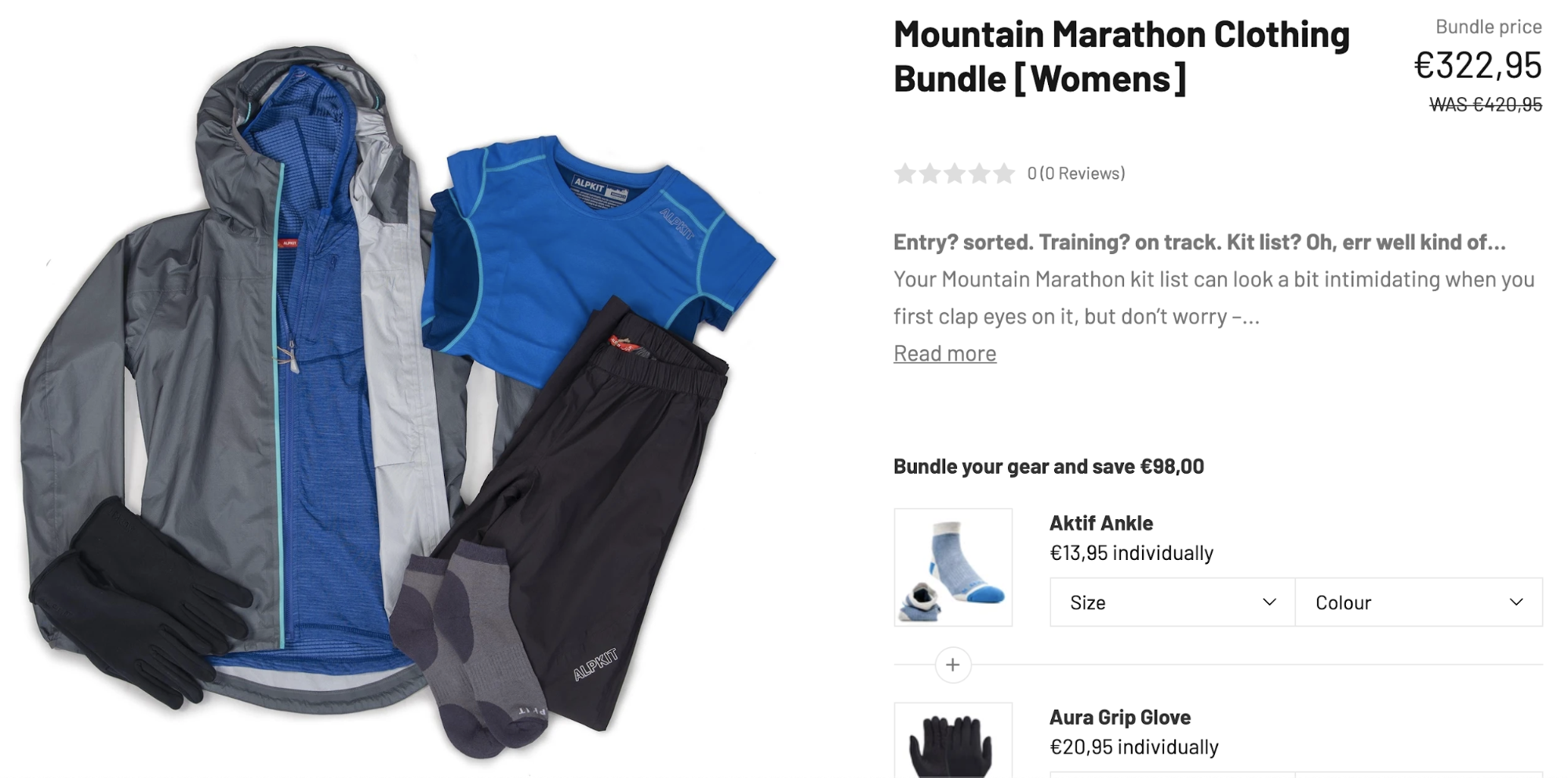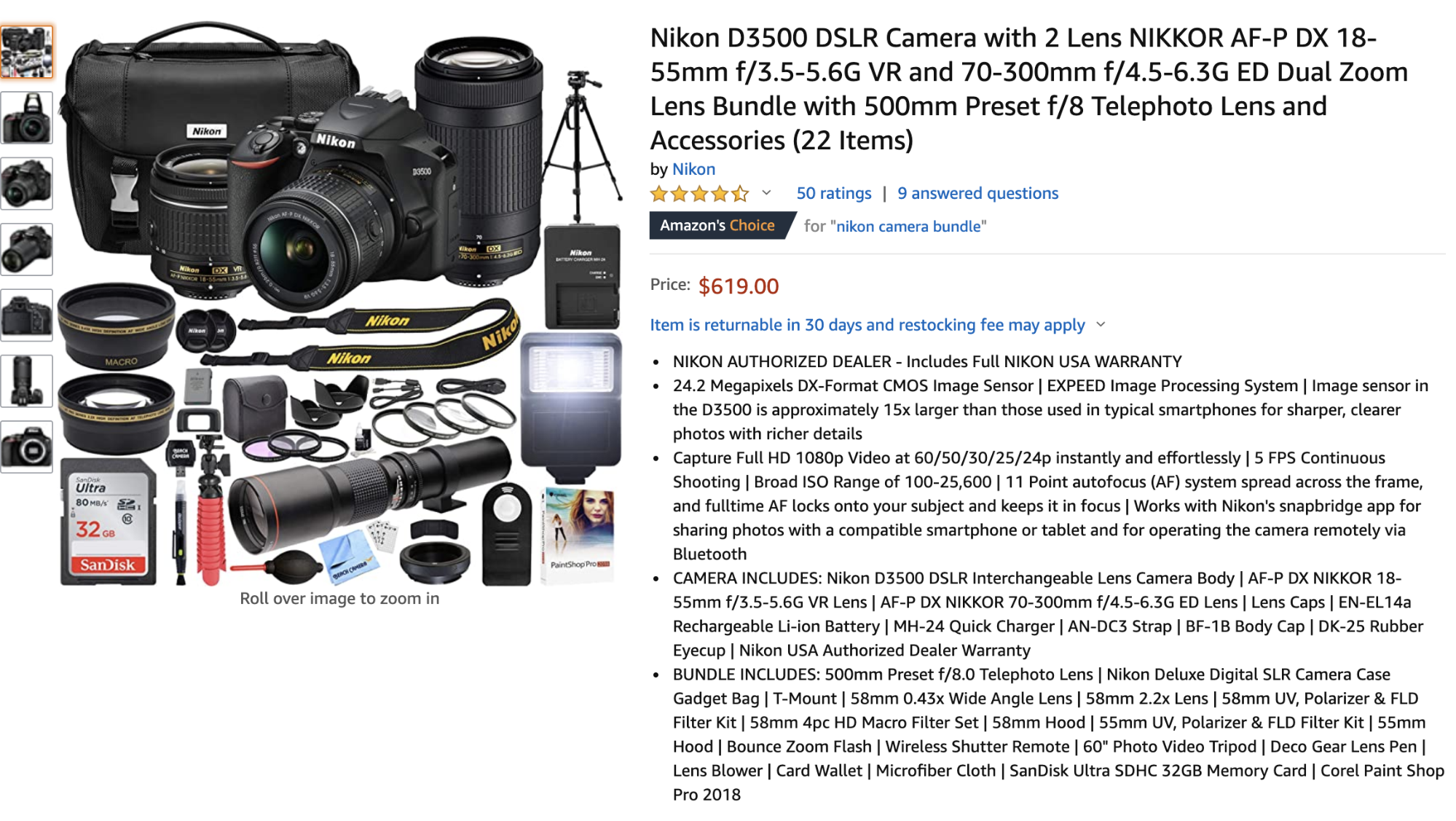We’ve just announced a new data service called Product Popularity Scores.
This new data service is an add-on to your Pricewatch export that shows the product popularity scores for different price comparison websites in NL and BE. It’s designed to give you a better idea of what’s popular in the market so you can make more informed strategic choices when it comes to buying, marketing, pricing, and more.
We wanted to give some inspiration into how you can actually use this service to create better pricing strategies. Below are three examples of pricing strategies that you can enhance with Product Popularity Scores.
What is a Product Popularity Score?
Product Popularity Scores are insights about the popularity of different products.
At Omnia, can give product popularity information for a number of comparison shopping engines (CSEs). We don’t provide a “score,” per se, of product popularity, but rather provide information like the number of out-clicks a product has or who the most popular retailers are per comparison shopping engine.
The type of data can vary depending on the comparison shopping engine you use, but in all cases it’s interesting to know how products react on different CSEs.
Different product popularity strategies
Product popularity insights are extraordinarily useful data points to incorporate into any of your pricing strategies. Here are three ideas on how to get started with this data.
1: The high-runner strategy
The high-runner strategy combines two major pieces of information with your internal strategy. These two pieces of information are product popularity on the market, and product price elasticity.
A high-runner is a product in your store that is extremely popular and which is sensitive to price changes. Depending on your category there may not be very many of these products in your assortment, but they tend to sell frequently. An excellent example of a high runner product is a recently-released smartphone.
With the high-runner strategy, you use the power of these products to draw people to your store. This means discounting heavily on these products and marketing them aggressively so they appear favorably in comparison shopping engine search results. This pulls people to your store and builds consumer confidence that your store offers the lowest prices on high-demand products.
Once a consumer has added this high-value product to their cart on your site, they’re unlikely to leave. This is when you can present them with different, inelastic products as a cross- or up-sell. These fully-priced products are where you can recoup your lost margin on the high-runner products.
Take the smartphone example. If a shopper has entered your store and placed the cell phone in their cart, you might consider showing them a phone charger or phone case as additional suggested purchases. If the price is significantly lower than the main product they’re buying, consumers typically have no problem adding the inelastic companion item to their carts as well.
2: Bundling
Product bundling is a pricing strategy that most retailers are well aware of. With bundle pricing, retailers will offer several different products (or services) as a package deal. This package is sold to consumers at a slightly discounted price than it would cost to buy the products separately.

An example of a bundle in the outdoor clothing category
Bundling is common in many categories, and you may use a bundling strategy already. But product popularity scores can let you make even smarter bundles.
One way you might use bundling is to make your high-runner items even more attractive. If you price aggressively on the high-runner items, you can pull traffic to your site. You can then use bundles as a way to sell even more product once you have the traffic.
Another way you can use bundles and popularity data is by creating bundles of popular products and using the bundle to optimize for price.
In the traditional high-runner strategy, you discount each popular product individually and use adjacent products to recoup the lost margin.
But what if you bundled the most popular products together?
If you see that the most popular products in the market could combine well together, you could create a bundle of these high-ticket items and sell it at a slightly higher price than you could if you discounted each product individually.
While you can still discount the products individually to draw people into your store, offering the products together gives you some room to improve your margins. Consumers may be willing to pay for the convenience of the bundle, especially if it’s an extremely large bundle that would require significant time investment to recreate.

Example of a bundle built around one major high-runner item: a Nikon camera. It would require a significant amount of time to find all of these products separately.
3: Stock-based pricing
A third strategy you can enhance with popularity score data is a stock-based pricing strategy.
Stock levels and product popularity are inherently connected. If a product is popular, you’ll want to have more of that product in stock. If a product sells less frequently, less stock is required.
In our blog about stock-based pricing strategies, we outlined four simple scenarios:
- When you have high stock levels, follow a pricing strategy as normal
- When you have high stock levels, decrease your prices
- When you have low stock levels, increase your prices
- When you have low stock levels, decrease your prices
If you add popularity score data to these strategies though, you can make your pricing more nuanced. If you have low stock levels of a very popular product, for example, you can increase the price by a larger percentage than you would for products that were less popular.
Final thoughts
Product popularity scores are interesting data points that let you enrich your pricing strategies with even more nuance. This data is remarkably insightful and can help you come up with creative ways to sell more products or earn more margin.





